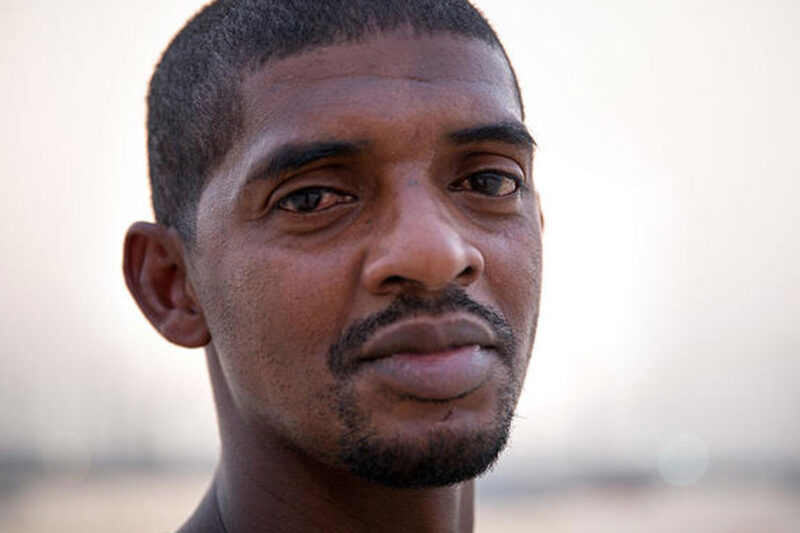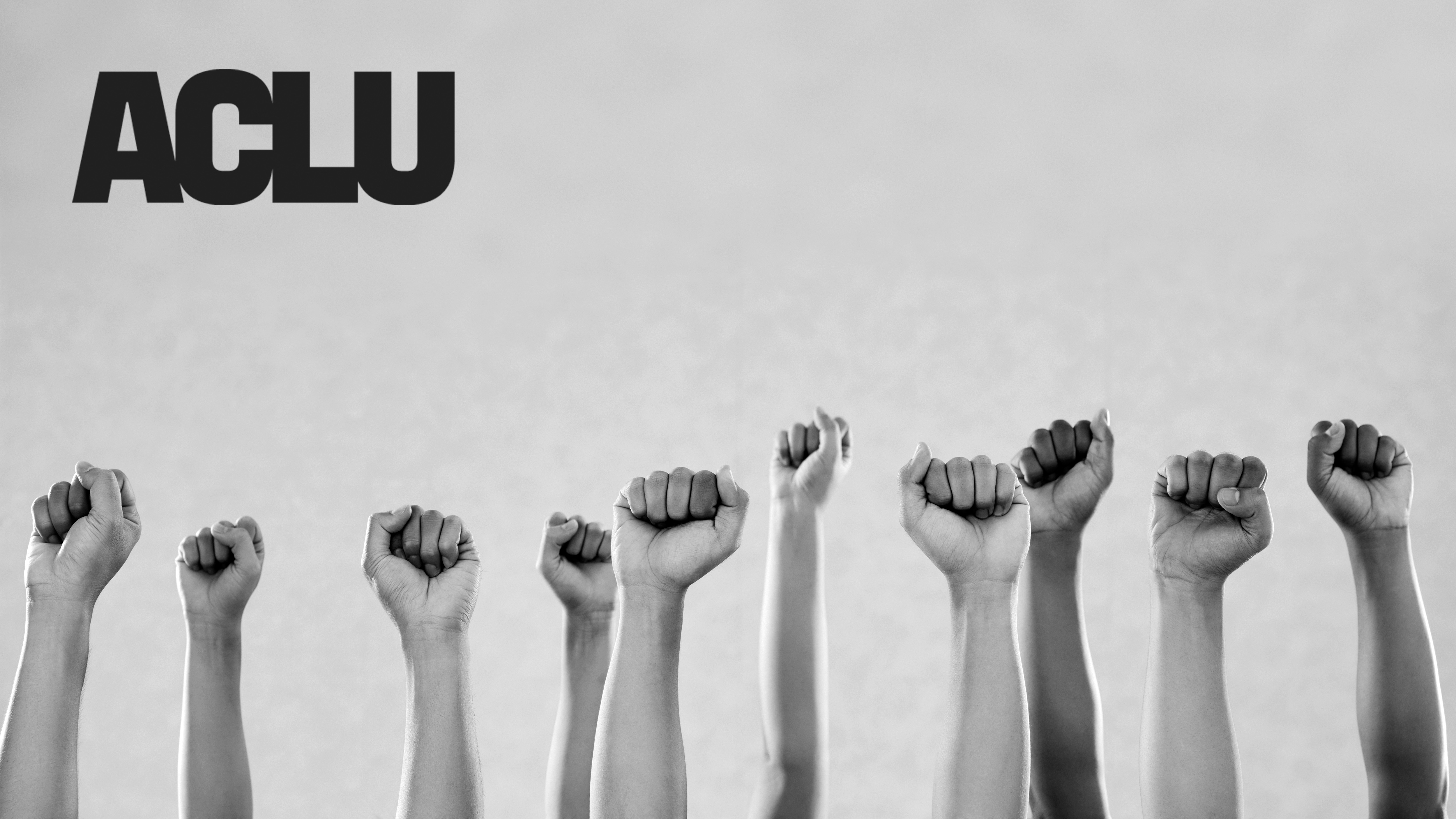Video: CIA Officials Forced to Testify About Torture Program


A lawsuit against the two psychologists who devised a CIA torture program reached another new milestone last month, as three victims asked a U.S. court to rule in their favor and to find that the psychologists were liable for aiding and abetting the illegal program.
The ACLU has filed a motion asking the judge in the case to rule that James Mitchell and Bruce Jessen played a critical role in designing, implementing, and profiting from the CIA torture program. Our clients are Suleiman Abdullah Salim, a fisherman from Tanzania; Mohamed Ben Soud, a Libyan citizen who opposed the Gaddafi regime; and Gul Rahman, an Afghan citizen who died as a result of his torture.
The motion came at the end of a months-long evidence-gathering process that was historic for survivors and victims of torture: It was the first time key people responsible for the program ever had to answer questions under oath in a civil lawsuit about torture. That discovery process shed new light on the CIA’s thinking; we provide video excerpts from those testimonies below.
The three plaintiffs — none of whom was ever charged with a crime by the United States — endured horrific cruelty at the hands of their torturers, including beatings, various forms of water torture, constant exposure to extreme temperatures and ear-splitting levels of music, confinement in stress positions designed to keep them awake for days at a time, and more. If the court finds that the defendants are indeed liable for aiding and abetting CIA torture, we’ll be fighting on behalf of our clients for damages and other liability claims in a trial later this year.
Our clients were among more than 100 men officially known to have been abducted and detained by the CIA in a network of secret prisons during the George W. Bush presidency. Previous lawsuits on behalf of the CIA’s victims, including those filed by the ACLU, were shut down at the insistence of the government, which claimed that they raised issues too secret for the justice system to hear. Salim v. Mitchell, however, marks the first time the program’s victims have been able to litigate their claims.
Below are excerpts from the depositions, conducted by the ACLU and our co-counsel from Gibbons law firm, of Jose Rodriguez, former director of the CIA’s Counterterrorism Center, and John Rizzo, who was acting general counsel at the agency for much of the program’s existence. They confirm that in devising and promoting the torture program, Mitchell and Jessen relied on theories that top CIA officials eagerly accepted with virtually no questions. All these years later, it remains jarring to hear the two men speak so matter-of-factly about a program hastily thrown together using perverse and unsupportable theories to brutalize helpless prisoners.
***
At the time of the attacks of September 11, 2001, the agency had no experience in detention or interrogation. But on September 17, Bush authorized the CIA to capture and detain members of al-Qaida. (His order said nothing about interrogation, much less torture.) Mitchell and Jessen, two psychologists with experience training U.S. troops to resist abuse in case of capture, were brought on to devise what they called a “psychologically based program” that would use “fear and despair” to make prisoners talk.

But neither Mitchell nor Jessen had any experience in real-world interrogations — only in mock sessions conducted on volunteer U.S. service members with protections in place to ensure their physical and psychological safety. “Nor did either have specialized knowledge of al-Qa'ida, a background in terrorism, or any relevant regional, cultural, or linguistic expertise,” notes a Senate study of the torture program, the executive summary of which was released in 2014.
Rodriguez, who was charged with steering the CIA’s new and dangerous authorities, did little to ensure Mitchell & Jessen’s qualifications.

The CIA paid Mitchell and Jessen $1,800 per day to administer the torture of detainees. They ultimately earned millions for their work, both as individual contractors and through a company they created in 2005 to expand the program. By the time the CIA terminated its contract in 2010, it had paid Mitchell, Jessen & Associates more than $80 million in taxpayer money.
As Mitchell and Jessen were developing their torture techniques — referred to euphemistically by the government as “enhanced interrogation techniques” — the CIA wanted to ensure it could operate without the restraints of domestic and international law. In his testimony, Rizzo confirms that in the summer of 2002, after the CIA captured its first prisoner, he began a process to seek the formal commitment of the Department of Justice that CIA employees would not be prosecuted as a result of their brutal interrogations.

The Justice Department refused to provide the CIA with that assurance. (It also never prosecuted anyone responsible for the CIA torture program.)
Rizzo also confirmed that Mitchell and Jessen were given extensive latitude to develop the program without the CIA undertaking basic research into the effects of using abusive methods on prisoners.

Mitchell and Jessen’s techniques were built on a theoretical assumption that reducing detainees to a state of “helplessness” would make them compliant with interrogators’ demands. They based their theory on research into “learned helplessness” conducted in the 1960s on animals by psychologist Martin Seligman, who discovered that dogs that had been subjected to inescapable pain would eventually stop trying to avoid it. Seligman’s theory had never been tested on humans — because doing so would violate a host of laws prohibiting torture, cruel treatment, and human experimentation.
Senior CIA officials described their lack of interest in understanding the basis for the program Mitchell and Jessen were selling.

Mitchell and Jessen were also tasked with evaluating their own work, from which they reaped huge profits. (The Senate report quotes complaints from CIA personnel over the clear conflict of interest, which the CIA later admitted was a mistake.) And from the very beginning, the program’s brutality was apparent: In the case of Abu Zubaydah, a detainee whom Mitchell and Jessen used as a test case, his torture persisted well after they were sure he could not provide information they had demanded.

The torture of Abu Zubaydah and another early detainee was documented on more than 90 CIA videotapes, which Rodriguez famously ordered destroyed. After a years-long investigation, the Justice Department chose not to bring charges against him.

As a deeply effective New York Times series makes clear, Suleiman Abdullah Salim and Mohamed Ben Soud remain, all these years later, deeply traumatized by their torture. Salim continues to suffer from crippling flashbacks because of what he calls the “darkness,” along other symptoms of post-traumatic stress disorder and depression. Alongside various physical ailments, Ben Soud too battles depression, anxiety, and more as a result of his treatment. The family of Gul Rahman — who died from hypothermia in 2002 after being tortured and left half naked and chained to the wall of a freezing-cold cell — has never been told where his body was taken and cannot give him a dignified burial. For our clients, along with every other prisoner who saw the inside of a CIA black site, the story of the torture program isn’t over. In fact, the refusal of the U.S. government to provide so much as an apology makes it much harder for them to heal.
But now, for three of the program’s victims, after many years of courthouse doors slammed shut in the face of survivors, there finally exists hope for justice.


